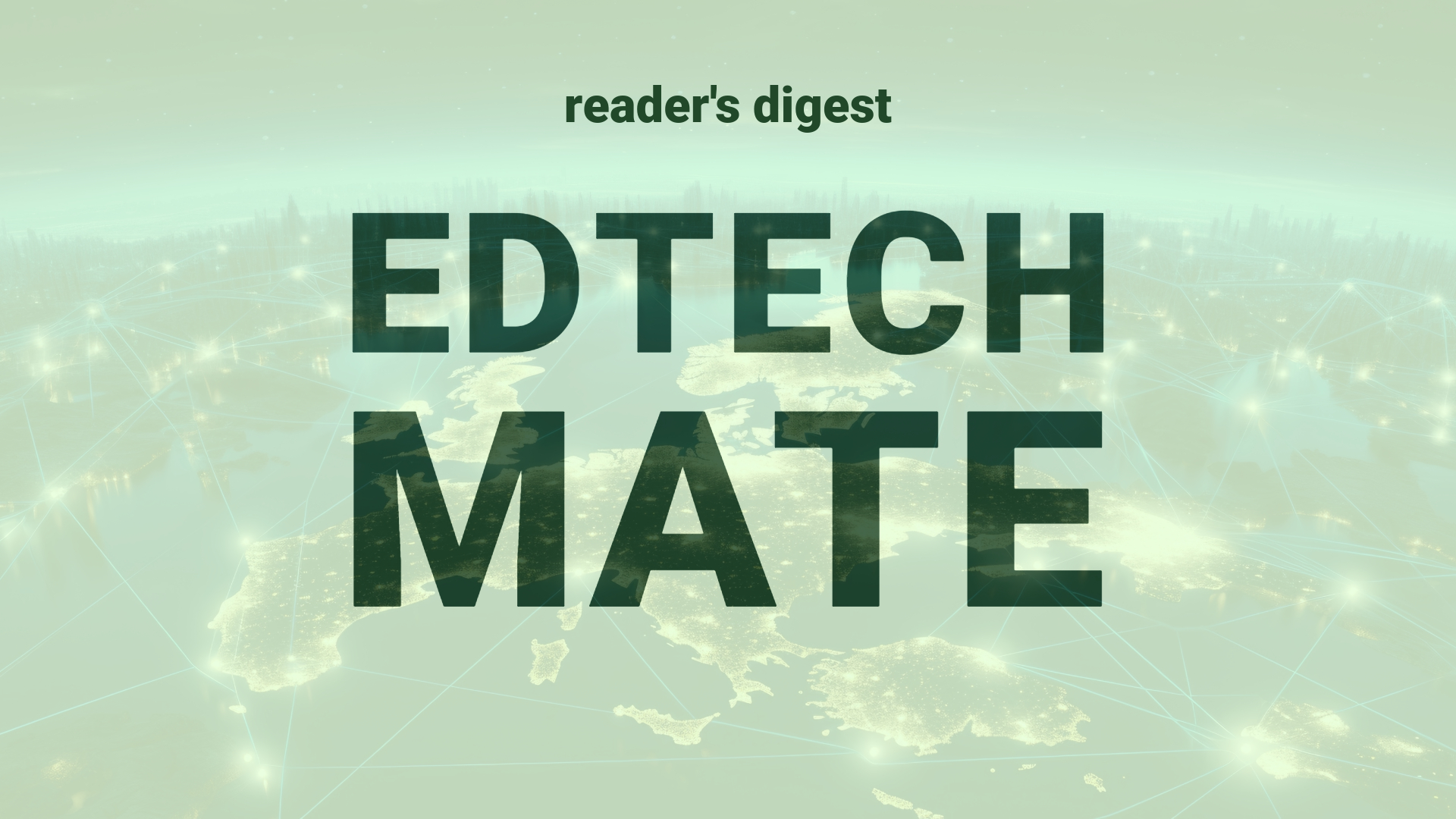Executive Summary and Main Points
Burnout, a workplace syndrome, is increasingly becoming a grave concern within the modern, high-pressure workforce. The ubiquity of this affliction is underscored by recent studies indicating that younger generations are experiencing its impacts earlier and with greater intensity. The “Stress in America” survey reveals alarming statistics about stress-induced struggle among adults aged 18 to 34. A primary characteristic of this phenomenon includes symptoms ranging from sleep disturbances to cardiovascular disease, which culminate in reduced workplace performance. The financial implications are staggering, with Gallup estimating that low employee engagement, synonymous with burnout, results in an annual loss of $8.8 trillion globally. These trends are a call to action for systemic organizational changes, cultivation of personal resilience, and an improved understanding of the “sweet spot” of stress to mitigate burnout’s adverse effects.
Potential Impact in the Education Sector
The pervasiveness of burnout transcends industries, presenting significant risks to Further Education, Higher Education, and Micro-credential segments. By normalizing burnout, institutions risk cultivating environments that are detrimental to both educators’ welfare and student outcomes. In light of these challenges, strategic partnerships and digitalization in education could introduce supportive frameworks to alleviate undue stress. Embracing digital tools for workload management, fostering online communities for professional support, and implementing AI-driven learning experiences can provide more flexible, personalized educational pathways. Such integration of technology could enhance employee well-being and foster a culture of innovation and job satisfaction within the academic workforce.
Potential Applicability in the Education Sector
Innovative applications of AI and digital tools can serve as antidotes to the stress-burnout cycle in global educational systems. AI-enabled analytics might help in identifying at-risk staff and students, allowing timely intervention. Standardizing digital workflows could democratize the workplace, giving educators greater autonomy. This could help educators navigate their “window of tolerance,” an optimal zone for stress management that supports executive functioning skills essential to their roles. Moreover, integrating adaptive learning algorithms could reduce cognitive overload for students and educators alike by personalizing educational content and streamlining administrative tasks.
Criticism and Potential Shortfalls
Despite the potential for technology to address burnout in education, there are notable criticisms and pitfalls. Technological solutions run the risk of exacerbating the very issues they aim to solve if not implemented with cultural and ethical considerations in mind. The digital divide and access to these technologies are often uneven, potentially widening existing inequalities. International case studies demonstrate variations in the effectiveness and reception of such interventions due to differing work cultures and societal norms. Critics also warn against over-reliance on technology, arguing that it should support rather than replace human connections and interventions essential for mitigating burnout.
Actionable Recommendations
To effectively implement these technologies in combatting workplace burnout, education leaders should consider the following strategies:
1. Introduce AI systems to monitor and report on the well-being of educators, allowing for timely and targeted support measures.
2. Develop strategic partnerships with edtech companies to ensure that digital tools are aligned with institutional values and the unique demands of the education sector.
3. Foster digital literacy among educators to ensure equitable adoption and integration into teaching and administrative practices.
4. Encourage a culture of work-life balance and continuous professional development through online platforms and virtual communities.
5. Implement digital work recovery strategies, such as mandatory “micro-breaks” throughout the workday, to disrupt the cycle of chronic stress.
6. Regularly re-evaluate the impact of technological measures through feedback loops that involve all stakeholders to ensure ethical implementation and cultural sensitivity.
By prioritizing these recommendations, the global higher education sector can take proactive steps toward establishing healthy work environments resistant to burnout
Source article: https://hbr.org/2024/04/how-burnout-became-normal-and-how-to-push-back-against-it

